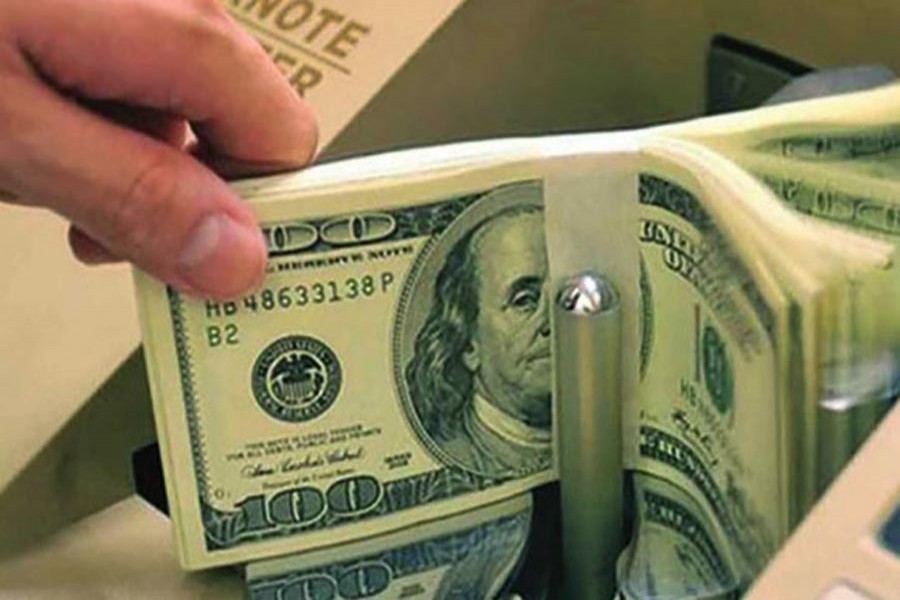Nervous financial markets propelled the safe-haven dollar to a two-decade peak on Wednesday as rising global interest rates fed recession worries, while sterling drifted lower after the latest warnings about Britain's radical tax cut plans.
The US dollar index rose around 0.5 per cent to hit a new high of 114.78, its march higher helped by an equally relentless climb from benchmark US 10-year Treasury yields, which rose to 4.0 per cent for the first time since 2010, climbing as high at 4.013 per cent.
The dollar's gains were broad based, with the euro down 0.43 per cent to $0.956, under-fire sterling down a 0.7 per cent at $1.0678 and the Australian dollar, which is particularly sensitive to swings in investors sentiment, down 1.0 per cent, reports Reuters.
"Resistance (to dollar strength) is futile," ING analysts headlined a morning note.
"Whether it be US data surprising on the upside, the US Administration showing no concern at all with the strong dollar, or new chapters in the energy war in Europe, it looks like all systems are go for the dollar rally."
"Trying to pick a dollar top in the current climate is an exercise in futility."
The Federal Reserve has led the global fight against surging inflation, turning even more aggressive recently by signalling further big rate increases on top of super-sized moves in the past few months.
That message was reinforced on Tuesday by Chicago Fed President Charles Evans, St Louis Fed President James Bullard and Minneapolis Federal Reserve Bank President Neel Kashkari, with Evans saying that the central bank will need to raise interest rates to a range between 4.50 per cent and 4.75 per cent.
The rising borrowing costs have intensified fears of a global recession, adding to the surge in bond yields worldwide.
But the dollar's gains against the pound have also been driven by British domestic factors after the British government, last week announced a plan to slash taxes and ramp up borrowing.
That sent the pound down as low as $1.0327 on Monday, a record low, having held near the $1.1300 level before last week's UK budget.
Bank of England Chief Economist Huw Pill said on Tuesday that the central bank is likely to deliver a "significant policy response" in response to finance minister Kwasi Kwarteng's huge tax cut plans.
But he added that the central bank wants to wait until its next scheduled meeting in November before making its move, quashing market speculations of a potential inter-meeting interest rate hike.
"For the near-term I think sterling's going to remain pretty weak from here," said Carol Kong, senior associate for international economics and currency strategy at the Commonwealth Bank of Australia.
"It's basically a crisis of confidence. It'll be up to the UK government to resolve this ... rather than Bank of England."
Elsewhere, the yen last bought 144.53 per dollar, still near its lowest levels in years even after Japan's intervention to prop up the fragile currency last week.
Still in Asia, another milestone fell on Wednesday, with as Chinese offshore yuan falling as far as 7.249 per dollar, the lowest level since such data became available in 2011.
There are signs policy makers are starting to get concerned. Reuters reported Tuesday that Chinese monetary authorities are asking local banks to revive a yuan fixing tool it abandoned two years ago as they seek to steer and defend the rapidly weakening currency.


